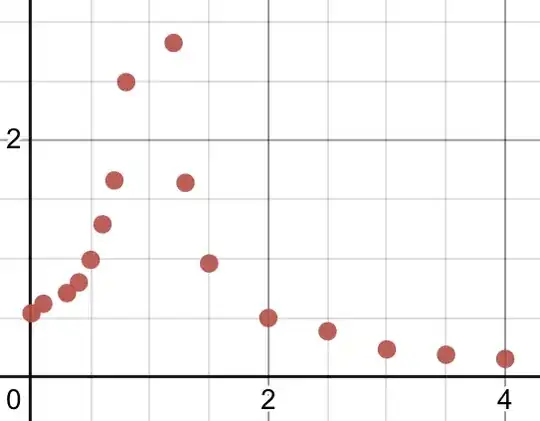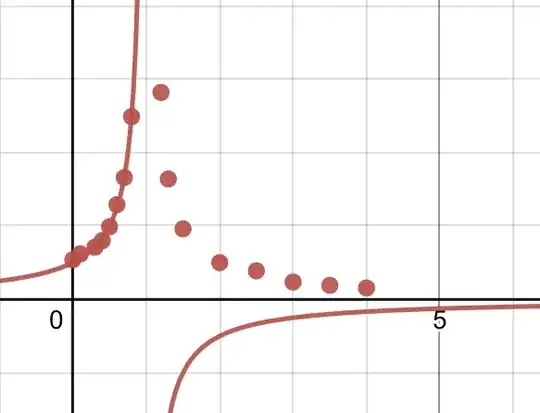The goal would have been for the smallest positive solution of $y\cot(y)=x$ using a Dirac $\delta(x)$ Fourier series and the Bateman function:
$$y\cot(y)=x\mathop\implies^?\frac1{\sec^2(y)-x}=\int_0^\frac\pi2\delta(\tan(t)-xt)dt$$
However, when testing $x=2$, or any other values:
$$\tan(y)-2y=0\implies\frac1{\sec^2(y)-2}\mathop=^\text{should}\int_0^\frac\pi2\delta(\tan(t)-2t)dt=0.2255\dots$$
according to Dirac delta function of a function and Wolfram Alpha. Approximating by a $\delta(x)$Fourier series:
$$\frac1{\sec^2(y)-2}\mathop=^?\lim_{N\to\infty}\frac1{2\pi}\int_0^\frac\pi2\sum_{n=-N}^N e^{i n(\tan(t)-2t)}dt\approx0.72$$
with Wolfram Alpha giving $0.72$ after $N=150$ terms. If this were the true value of the integral, then $\frac1{\sec^2(y)-2}=0.72\implies y\approx 0.99$ when really $\tan(y)-2y=0\implies y=1.16556\dots$
We get about the same integral with a $\delta(x)$ limit approximation. If not for this issue, we would have a solution like the Kepler equation Bessel series for $y\cot(y)=x$.
Side information
Here is a plot of the error between the $\delta(x)$ series approximation and Wolfram Alpha’s result: $$y\cot(y)=x,\lim_{N\to\infty}\frac1{2\pi}\int_0^\frac\pi2\sum_{n=-N}^N e^{i n(\tan(t)-xt)}dt-\frac1{\sec^2(y)-x}:$$
Finding the error term helps find the series solution to $y\cot(y)=x$. We know that the error when $x=2$ gives error$=\frac12$ and the error when $x=1$ diverges. However, there is no formula for $x>1$.
After tinkering, one finds the error for $0<x<1$ is $\frac1{2(\sec^2(0)-x)}=\frac1{2(1-x)}$:
Question
If possible, what is $\displaystyle\int_0^\frac\pi2\delta(\tan(t)-xt)dt,x>1$?





